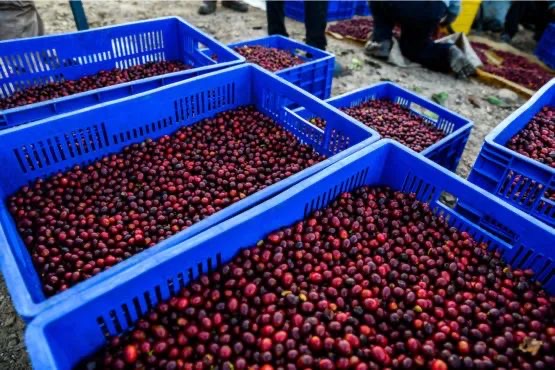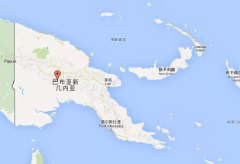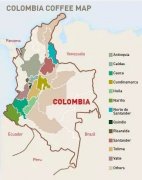High altitude coffee: history, variety and flavor of Bolivian coffee
As you have noticed: people, countries and their coffee. Bolivia's high altitude, amazing natural environment and the history of coffee make it a very special place. Bolivia has an interesting past, and although it is a commercially viable coffee exporter, its production has been small. The conditions for growing coffee are excellent, but it is also challenging, which gives rise to a very rich agriculture, with a long history of agriculture based on a very difficult terrain. In 1991, there was a government-led initiative to encourage the endogenous population to participate in coffee cultivation, which led to a broken system that was inconsistent with the quality. The "Excellence Cup" program, launched in 2004, enables buyers to find quality coffee known in Bolivia, but this has become difficult to find.
The coffee produced in Bolivia is very high above sea level, more than 1400 meters above sea level, which makes most of its coffee meet the strict height growth (more than 1450 meters). Peru, Brazil, Argentina and Chila are surrounded by inland, part of the Andes.

Most of the coffee grown is Typeka coffee, as well as Catura coffee and some Katuai coffee. Major coffee growing areas include Yungas, Santa Cruz, Cochabamba, Tariga, Beni and Pando, and more than 90% of coffee production comes from Yungus.

Bolivian coffee is famous for its classic and clean taste. It has delicate, bright acidity and sweetness, with aromas of apple, pear, orange, lemon and apricot. Caramel and mild chocolate flavors may be formed during coffee roasting.
Important Notice :
前街咖啡 FrontStreet Coffee has moved to new addredd:
FrontStreet Coffee Address: 315,Donghua East Road,GuangZhou
Tel:020 38364473
- Prev

A detailed description of the varieties and flavors of Blue Mountain Coffee in Papua New Guinea
Coffee cultivation in Papua New Guinea began with seeds imported from Jamaica's famous Blue Mountain region in 1937. This tradition has not disappeared in today's Papua New Guinea coffee, and its flavor characteristics still show similarities with old-fashioned Jamaican Blue Mountain coffee. Coffee plant varieties grown in New Guinea include Blue Mountain Coffee (Cofea Arabica var.Blue Mountai)
- Next

Columbia Coffee History, Climate, Environment, Coffee Flavor
Colombian coffee beans grow at high altitudes and are carefully cared for in the shade of banana and rubber trees. This kind of coffee is one of the best in the world. Rich, mellow, perfectly balanced. Colombia's arid mountains and well-drained, fertile volcanic soil provide ideal conditions for growing quality coffee. Coffee in Colombia is mainly grown in two regions, one
Related
- Beginners will see the "Coffee pull flower" guide!
- What is the difference between ice blog purified milk and ordinary milk coffee?
- Why is the Philippines the largest producer of crops in Liberia?
- For coffee extraction, should the fine powder be retained?
- How does extracted espresso fill pressed powder? How much strength does it take to press the powder?
- How to make jasmine cold extract coffee? Is the jasmine + latte good?
- Will this little toy really make the coffee taste better? How does Lily Drip affect coffee extraction?
- Will the action of slapping the filter cup also affect coffee extraction?
- What's the difference between powder-to-water ratio and powder-to-liquid ratio?
- What is the Ethiopian local species? What does it have to do with Heirloom native species?

